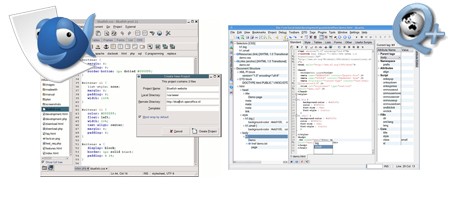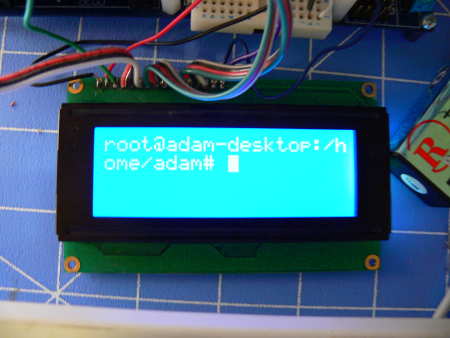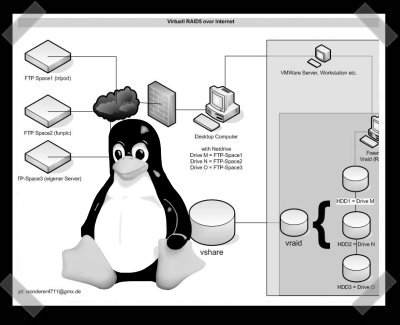
Download Squad has been publishing an informative series on switching to Linux, and their latest article is about the benefits of web tools on Linux.
HTML editors like Bluefish and Quanta do not have all the features of Dreamweaver, but with many modern CMSes these features aren’t really necessary.
Other benefits include testing out web pages on your Linux home environment, and adding webhosts as remote locations. This makes management, testing, and deployment easier, and can eliminate the need for FTP software.
Bear in mind that the article is only the first part of an ongoing series on Linux web tools, which is itself part of a larger series about switching to Linux.
















